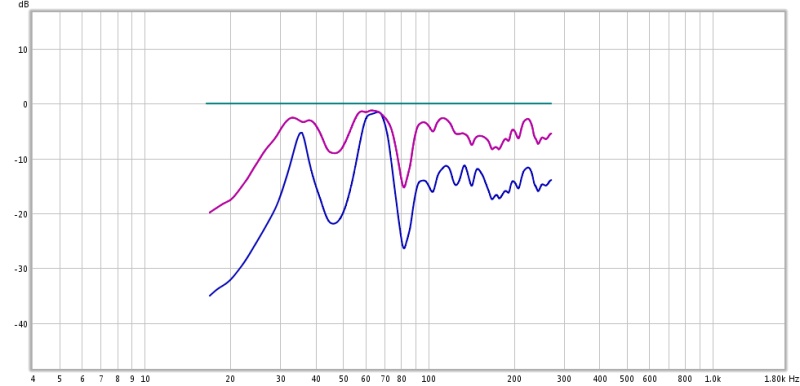I really do not get Loudness controls.
Fletcher-Munsen shows how our ears loose sensitivity at low frequencies and low levels. This is perfectly natural and applies to everything we hear.
So, logically, it is entirely natural that recorded music played back a low levels will be affected and this, to me, sounds perfectly normal.
Using a Loudness control to add extra bass at low levels sounds so unrealistic, I simply can not understand how anyone could think otherwise, though I know some do, wierd...!
Fletcher-Munsen shows how our ears loose sensitivity at low frequencies and low levels. This is perfectly natural and applies to everything we hear.
So, logically, it is entirely natural that recorded music played back a low levels will be affected and this, to me, sounds perfectly normal.
Using a Loudness control to add extra bass at low levels sounds so unrealistic, I simply can not understand how anyone could think otherwise, though I know some do, wierd...!



